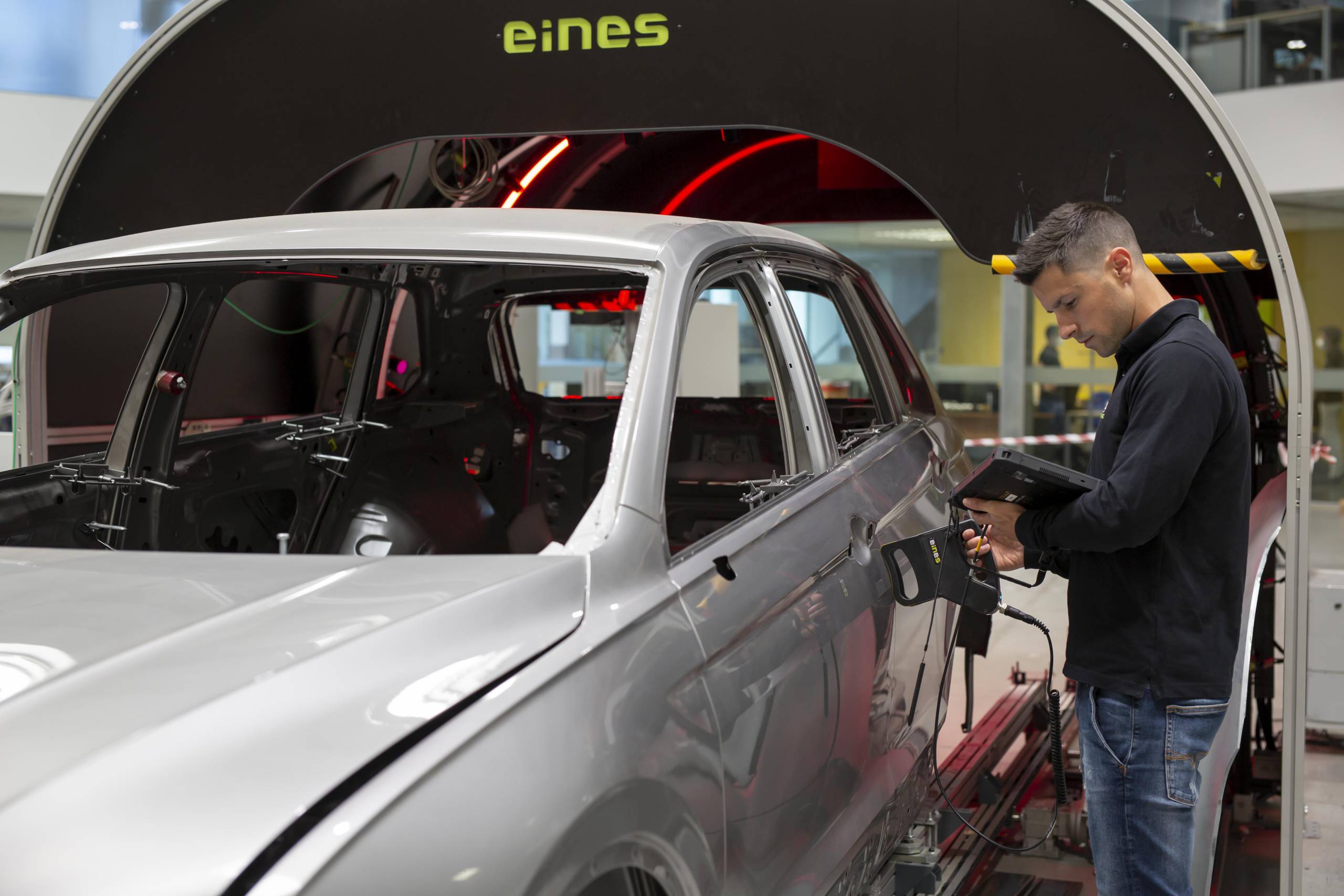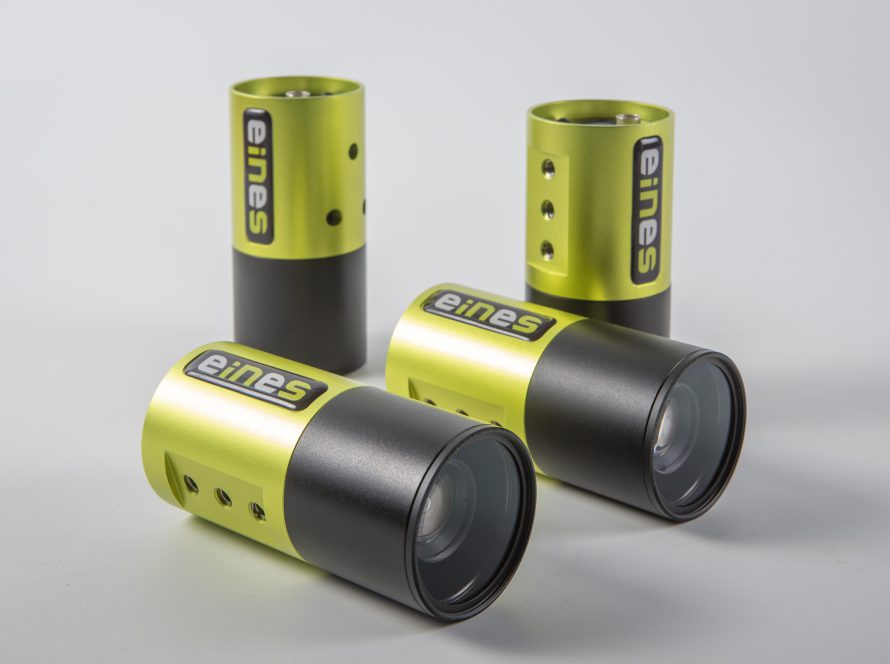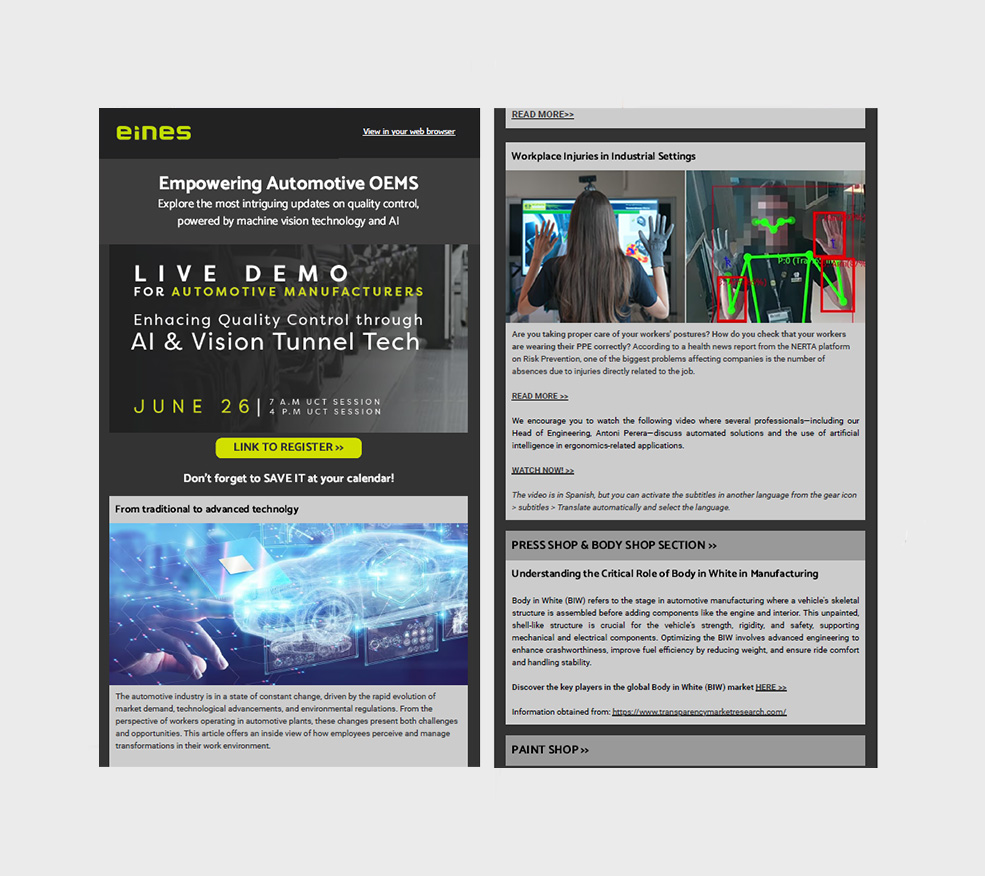Maintaining high levels of precision and quality is essential. One of the key processes to ensure a vehicle meets stringent safety and performance standards is the accurate measurement of Gap & Flush. These measurements are crucial for vehicle components to be aligned properly, ensuring both functionality and a flawless appearance. Performing these measurements from the early stages of production can help manufacturers detect deviations and correct them efficiently.
What Are Gap & Flush?
Gap refers to the space between two adjacent parts, such as car body panels, while flush measures the alignment of those parts. When parts are perfectly aligned, gaps are uniform, and the surface appears smooth and flush. Ensuring this precision improves both the aesthetic quality and structural integrity of the vehicle.

Why Measure Gap & Flush from the Body Shop Stage?
The fit and finish of a vehicle start at the body shop, where it’s essential to take accurate gap and flush measurements for each vehicle produced. Identifying and fixing alignment problems at this stage reduces the risk of: Expensive recalls
Customer complaints about road noise, wind leaks, difficult door closures, fuel inefficiency, and water leaks.
By measuring gap & flush early in the production process, automakers can prevent defects from becoming widespread. Ensuring each vehicle meets the required quality standards.
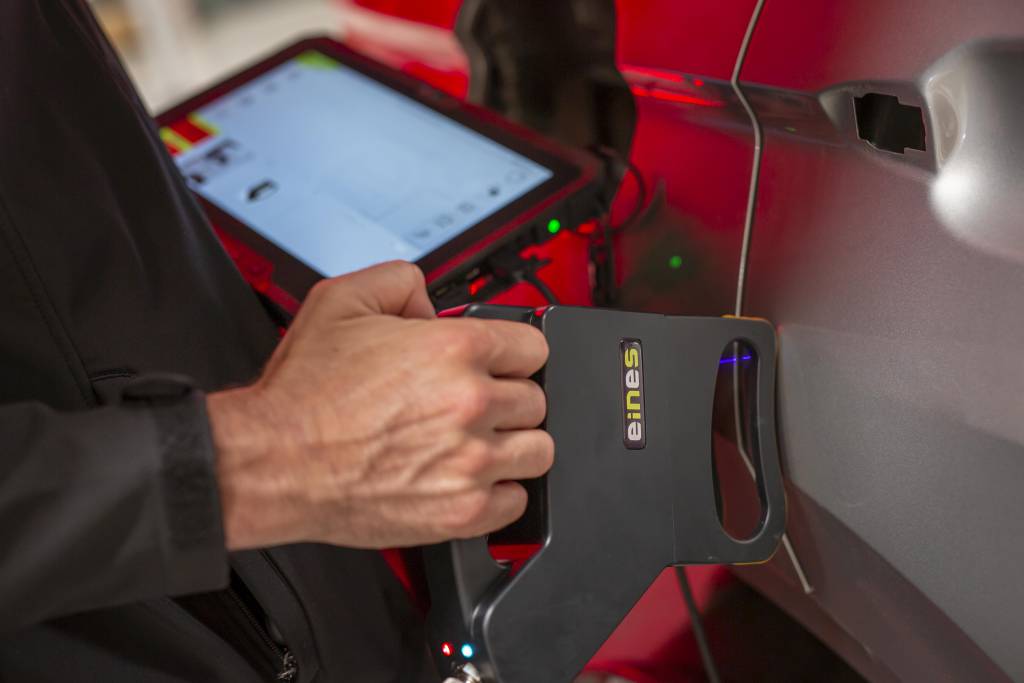
Advanced Tools for Accurate Measurement: EINES Solutions
At EINES Vision Systems, we provide advanced solutions that help manufacturers ensure precise gap & flush measurements using cutting-edge technology. Our tools are designed to meet the demands of modern automotive manufacturing:
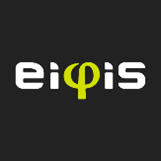
This system uses Stereo Vision Technology, leveraging triangulation between calibrated camera pairs to capture stereo images of the vehicle surface. These stereo images reconstruct 3D data, which is then compared to the vehicle’s 3D CAD model to find the exact measurement section. By correlating this real-world data with the CAD model, EIFIS can measure gap and flush with incredible accuracy. Ensuring alignment meets engineering specifications at every section of the vehicle.

A handheld laser device used for manual measurement in specific areas. This portable tool offers high accuracy for checking critical areas and provides flexibility for on-the-spot inspection.
How Data is Used Throughout the Assembly Process
Data collected from early gap and flush measurements in the body shop is later compared with measurements taken during the final assembly stage. This ensures that any potential misalignments or changes that occur during the production process are identified and corrected. By continuously monitoring these measurements, manufacturers can analyze data trends, improve processes, and maintain consistent vehicle quality.
Conclusion
Measuring gap & flush from the early stages of car production is essential for delivering vehicles that meet high-quality standards. With advanced tools like EIFIS, which uses Stereo Vision Technology for automated 3D analysis, and the EH2 laser handheld device from EINES, manufacturers can ensure accurate, real-time measurements throughout the production process. These technologies not only help reduce defects but also optimize production efficiency, ensuring vehicles meet engineering specifications and customer expectations.
By implementing these innovative systems, automakers can enhance both product quality and overall production efficiency, ensuring that every vehicle is built to the highest standards.



